
Jennifer is a full-time homesteader who started her journey in the foothills of North Carolina in 2010. Currently, she spends her days gardening, caring for her orchard and vineyard, raising chickens, ducks, goats, and bees. Jennifer is an avid canner who provides almost all food for her family needs. She enjoys working on DIY remodeling projects to bring beauty to her homestead in her spare times.

If you buy an item via links on this page, we may earn a commission. Our editorial content is not influenced by commissions. Read the full disclosure.
“Why would I want to wash my hands of my washing machine? It is my favorite appliance!”
I hear you, I really do. Still, hear me out.
As homesteaders, we often seek out ways to be more independent and save money. Our washing machines can actually hold us back from that goal.
If you have a fancy new washing machine, and it breaks, you usually have to call a repairman to fix it. They charge an arm and a leg for a minor repair.
It also costs quite a bit to run it on the electric grid.
Maybe you still aren’t entirely convinced. Well, look at some of these following options, and you might be surprised how much easier washing your clothes ‘ off-grid’ has become.
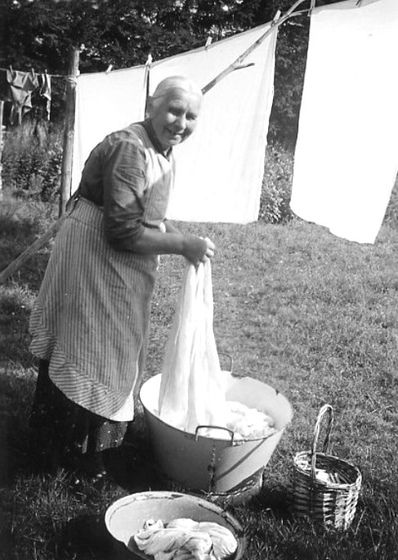
If you remember the days before washing machines were all the rage, then you probably remember your grandma washing clothes out in the backyard.
She would fill a galvanized bucket full of hot soapy water, dunk the clothes up and down in the tub, use a washboard to get those really dirty stains out and use a manual wringer to get them into the rinse water and then wring them again to get all of the water out after they rinsed.
Then off to the clothes line they went. You can still wash clothes this way.
The great part about washing clothes with this method is there is a very little upfront cost to try it.
If you decide you like it, GREAT!
If not, no harm done, and go back to using your washing machine the next time you do laundry.
This way also gives you high amounts of exercise. You will soon learn that washing your clothes off-grid is a lot of work.
The benefits though are amazing as you will notice your clothes become a lot cleaner and smell better.
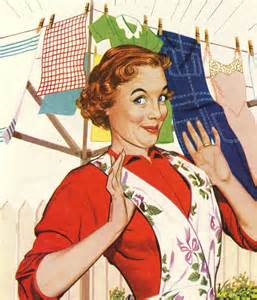
In more modern times, the internet is calling this the ‘Amish Way’ but it reminds me too much of June Cleaver not to use her as a reference.
I am talking about using a wringer washer.
June Cleaver plugged her’s up inside her home. The Amish are now using wringer washers by running them off of generators.
You can buy a used wringer washer on auction sites or local antique sales.
You might be surprised to find that many people still have them hidden in their basements and are itching to get rid of them.
My point is, they are still very accessible.
If you can’t find one second-hand, here is where you can find a new one.
Don’t let the price tag scare you because they’ll last so long that your great, great-grandchild will probably be able to use it when they have their own house.
Wringer washers are very easy to use.
You fill them up with water, add your clothes, and let the machine do the agitating. After that is done, you run the clothes through the automatic wringer into the rinse water waiting on the other side.
Then run the rinsed clothes through the wringer again to get the excess water out and hang them up on the line.
The wringer washer is probably the easiest way to wash your clothes off-grid.
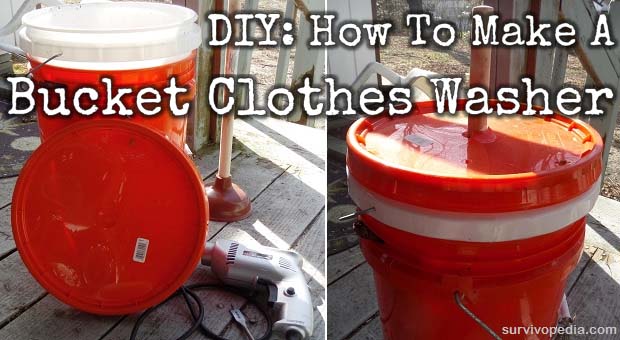
This method is handy for a single person. Maybe you don’t have a lot of clothes to wash, so you don’t need a big set-up or investment to wash small loads.
You are in luck! This method is for you.
You will need a 5-gallon bucket with a lid. Then drill a hole in the top of the lid so the plunger handle can stick out.
Fill the bucket up with soapy water and place your clothes inside. Place the lid on top and then plunge up and down. You’ll have to use a wringer to get the water out and then repeat for the rinse cycle.
Then line dry. Find specifics on how to construct this washer.
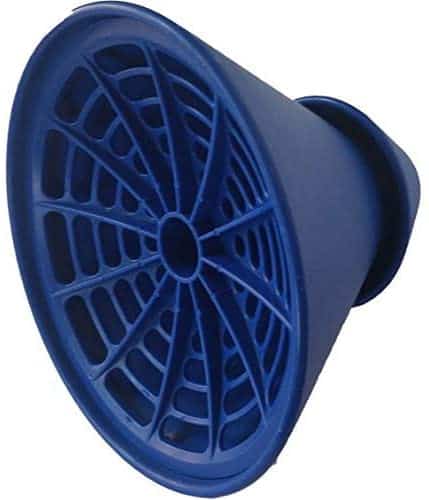
You can buy The Rapid Washer. It is meant to plunge your clothes into cleanliness.
You can also just use a plunger. This will perform the agitation work for you.
These are great tools because they require so little investment. Once you have a Rapid Washer (or plunger), you can wash your clothes in your sink or bathtub.
You will still need to wring them and line dry them.
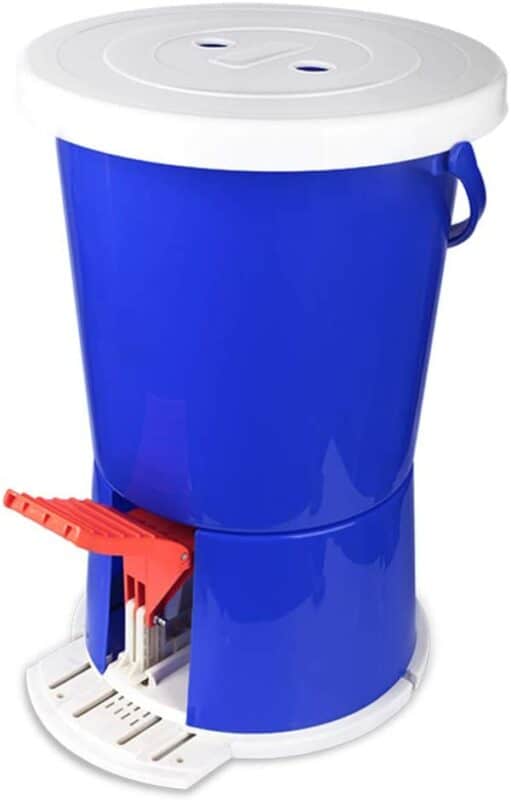
It looks a bit like a trash can, but is actually a miniature washing machine.
It agitates by you stepping on the pedal. You don’t want to line dry, you say?
That’s okay. You can also buy a portable ventless dryer to go along with your miniature washer.
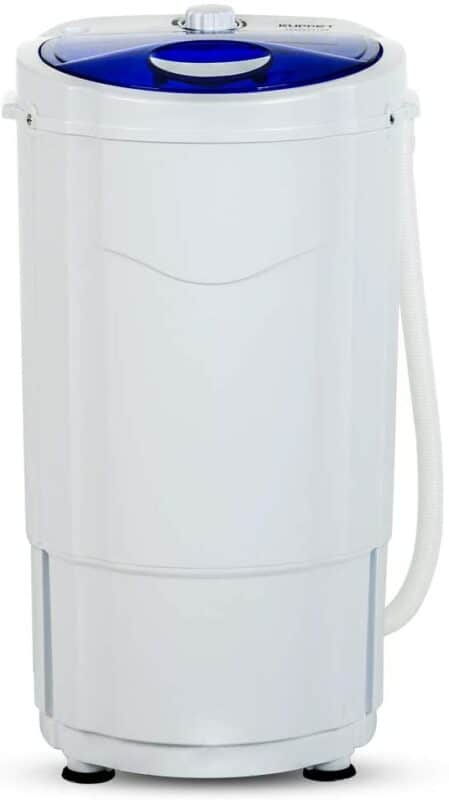
How amazing is that?
And don’t let the fact that they are electric scare you away from any of the ideas that require electricity. A generator can always be used to power them in place of the electric grid.

The Wonder Wash is an excellent option for those looking for a real ‘off-grid’ experience.
It uses no electricity and claims to use less water than hand washing.
You fill it full of water, add your clothing items, and then turn it manually for agitation.
You will still need to wring your clothing and line dry them after using this washer. However, it is portable and appears to work well for people that don’t have a lot of laundries.
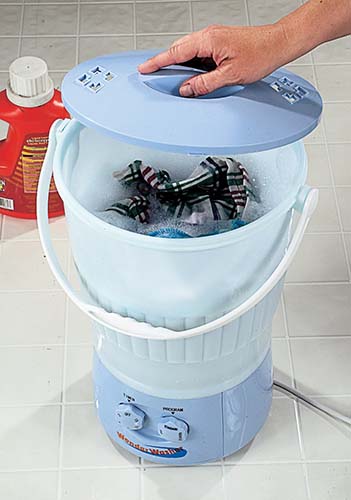
Not to be confused with The Wonder Wash, The Wonder WashER is a nifty little bucket that washes your clothes. You just add water and soap.
It does have to be plugged in, but if you are running off of solar energy, it will use a lot less energy than a traditional washer.
It is much smaller than a traditional washer so probably would not be ideal for a large family. However, it would work great at getting your undergarments clean and in a hurry.
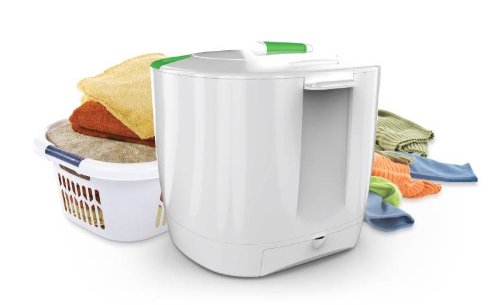
The Laundry Pod basically works as a salad spinner does. It uses no electricity and very little water.
You add a little bit of water, laundry detergent, and your clothing. Then using good, old-fashioned muscle, you spin your clothes around and around to get them clean.
This little washing machine is also favorable because of how compact it is.
If you are living off-grid or even in a tiny house with a tiny kitchen, this would be something that could be easily stored and would take up virtually no space.
This method will take a little ingenuity on your part. It is basically a trough with legs on it.
You put a device (aka dasher) in the middle of the trough that has a large handle that sticks out.
This will give you something to pull on to make the dasher perform the needed agitation to get your clothes clean.
Below is a video of The Dasher Washer. You can also view this video to get exact dimensions of The Dasher Washer to learn how to build your own:
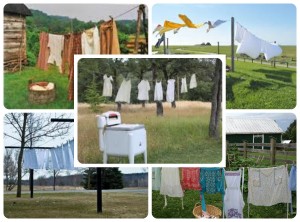
This was my first wringer!
I have an old marble rolling pin that I would run over my clothing, again and again, to get the excess water out of them.
Your hands will be like prunes, but again, it saves your hands the ache of hand-wringing item after item.
It doesn’t work as well as an actual wringer but does a decent job considering it is a free option.

After you have figured out how to pull the excess water from your clothing, you need to figure out how to get them totally dry.
A clothesline is the most common option. You can create your own by hanging a string between 2 trees. You can place 2 poles on the ground with string in between and hang your clothes on that.
You can create a pulley system that makes the clothes come to you, so you never have to leave your porch if you so desire.
The options are pretty limitless with these clothes line ideas.
Clothing racks can be purchased at any general merchandise store. They are great to use during the winter or on rainy days.
All you have to do is set them up and hang your clothes on them. I would recommend washing smaller loads at a time so you won’t have to invest in so many drying racks.
You can also place little hooks on your walls or hang an old ladder from your ceiling as a homemade option for an indoor drying rack.
This will allow you to hang your clothes on hangers and let them hang from the hooks or ladder rungs until they dry completely.
We used this option A LOT! We used ‘U hooks’ and screwed them into the wall on either side of the woodstove.
We ran clothesline from hook to hook so we could have an indoor clothesline that would catch the heat from the stove.
Then we would either use clothespins or hang our clothes on hangers and let them air dry indoors during cold winter months or on rainy days.
Just remember always to keep a watchful eye on your clothes because of the danger of fires if a piece of clothing drops on your woodstove.
An interesting fact that many do not realize, if you line dry your clothing during winter months, they will still dry in freezing temps.
I remember my first-year line drying, I panicked when unexpected snow was headed our direction. I was running myself to death trying to get all of the clothes in.
Then I read a great article on clothing freeze-drying (after my hysteria, of course.)
It was then I learned I could line dry even in the nastiest weather of the winter months.
So go ahead….. hang those clothes out to dry any time of the year!